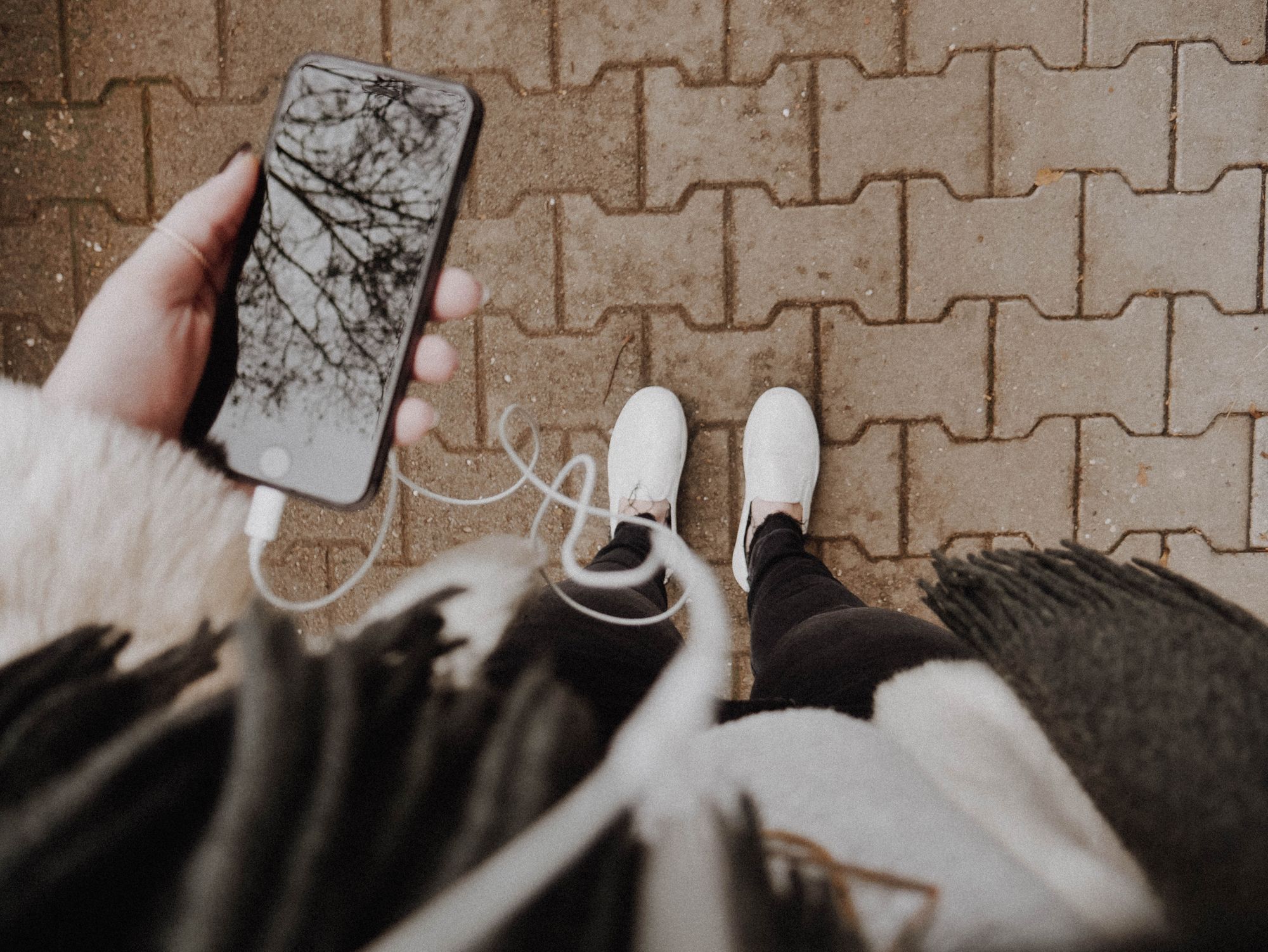Podcasting Should Be Accessible to Everyone–Why Isn’t It?
If your product is not accessible, then that’s a lot of potential customers and listeners that you’re failing.

By Belo Cipriani, disability access advocate. Learn more about Belo here.
There are a lot of Big Questions in podcasting–How do creators monetize? What do we define a podcast as? What’s next? One question that doesn’t get enough attention, though, is “How do we make sure everyone can experience our shows?” It’s an unfortunate fact that podcasting is not nearly as accessible to people with disabilities as it should be.
The root of the problem can come from two different camps: developers, and podcast creators.
First, many developers don’t think of people with disabilities when they design players and often don’t label radio buttons or choose color schemes that strain people with reading- and vision-related disabilities. They also don’t consider that not everyone can afford the latest tech device, and may be using an older product.
Second, content creators don’t realize that 1 in 5 people have a disability. Because of this, it’s a pretty common practice to either not provide transcriptions, or to put them as rewards in things like Patreon tiers or other subscription services.
The lack of awareness by these two communities have created a podcast landscape that is full of barriers for people with disabilities–be they auditory, visual, cognitive, or mobility. Moreover, there’s an idea that accessibility is an “extra” or a “feature” to be built into platforms later, rather than a baseline measure of usability for those 1 in 5 people. If your product is not accessible, then that’s a lot of potential customers and listeners that you’re failing.
Who benefits from making podcasting more accessible? Well, people with physical and mental conditions firstly–and that doesn’t just mean people with visual impairments. There are various conditions that benefit from sans serif fonts, color contrast, and intuitive layout. For example, people with learning disabilities, visual related conditions, and mental illness will find these designs more accessible, just like how show transcripts don’t just benefit the hearing impaired, but people with various conditions, or people whose first language isn’t whatever the podcast is in.
So yes, people with disabilities will benefit from these updates; however, good design is inclusive and does not just design for the dominant population. For example, everyone uses ramps – not just people in wheelchairs. Research shows that universal design does not just improve the experience for people with disabilities, but for everyone else as well.
But people with disabilities are very influential because they are very loyal consumers. When a player or show is inaccessible, the content creator or business is losing out on a very committed audience member. When a person with a disability cannot access content, the content doesn’t just lose one fan, but their entire network. For example, I went to a birthday party last week, and everyone was raving about a new podcast. I mentioned that the player they were using was not accessible, and four people said that if I could not access the show, they would not listen to it. Of course, this is a small sample, but captures how that show lost 5 listeners because of access.
This is all why podcasters and hosting companies need to look at diversity as not just race or gender, but also ability. Not everyone can stand, see, hear, pick something up, or afford an iPhone. People with disabilities come in all shapes, ages, and backgrounds. No matter what your show is about, you have people with disabilities in your community, and they deserve to experience your show!
Interested in learning more about podcasting accessibility? RSVP to our webinar here.

